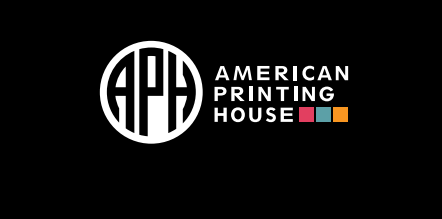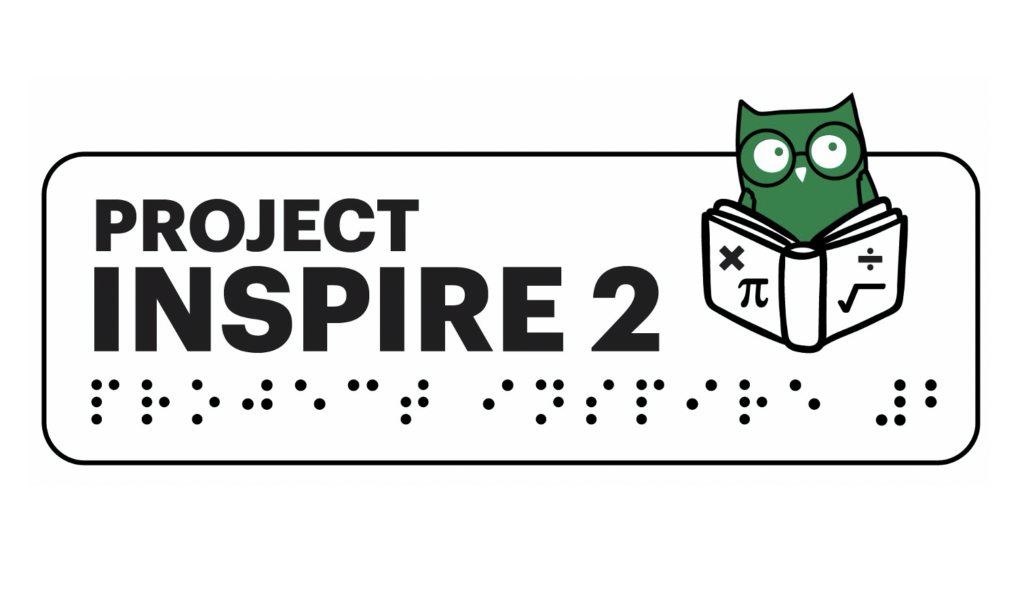Where do we start when talking about our favorite products to use as teachers of the visually impaired? We all have our favorite new and old products for various reasons.
Here are a few from my many years in early intervention and specializing in CVI and students who are neurodivergent. What are your favorites?
Old school Perkins Brailler, it’s a classic that is still my favorite.

Another must have in our TVI tool box! There are a variety for beginners to advance with instructional books.
A must for my low vision/CVI students to block complex backgrounds and ground materials for optimal viewing
iPads are great for backlighting but a lightbox is still a go to for activities. I only use the mini-lightboxes now and try to make a lightbox center.
Emergent literacy books
Don’t make me pick just one! APH has some wonderful books that everyone can read together that include braille, print, and textured materials. Find your favorite in the APH catalog (download HERE) and discover them in the Early Childhood section.
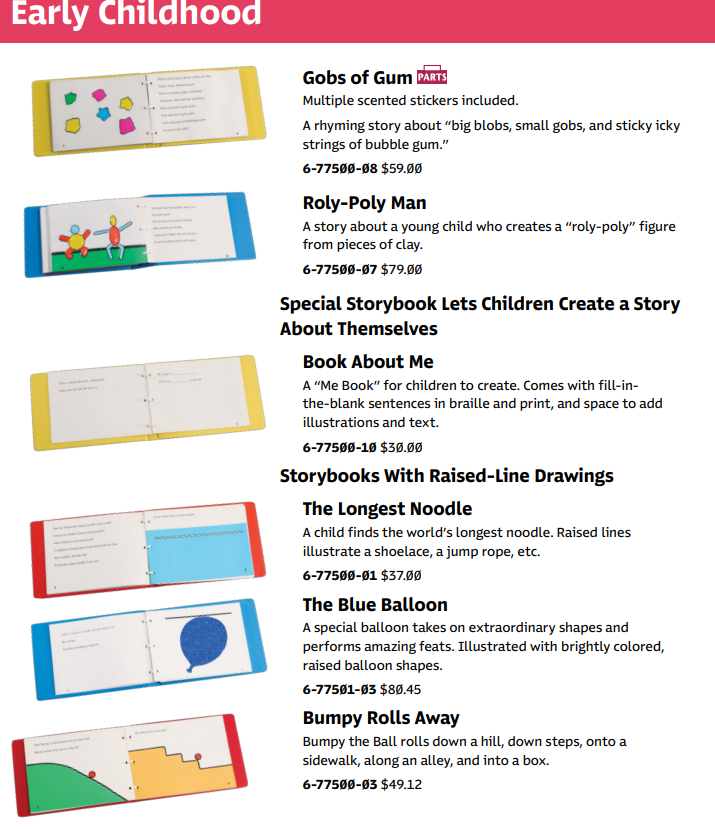
Tactile Graphics | Raised Line Drawing
Sylvia Greenberg, TVI, shares raised line drawings with families and other providers to increase interest in learning to write and draw. Drawing helps young children develop finger strength, coordination, and fine motor skills. Raised line drawings may engage a child who is not otherwise motivated to draw due to a vision impairment.
- Tactile Drawing Board with Tactile Drawing Film and dedicated stylus
DIY Raised Line Drawing Board
Low Cost Raised Line Drawing Board
Tactile Graphics Resources
This website gives an overview of tactile graphics beyond just drawing, such as adding tactile elements with craft objects (wikki sticks, feathers,…) and assistive technology (printers, specialized papers and films, …)
When trying to be crafty and make materials for students, this is so wonderful to have at your fingertips.
Make braille labeling easy for everyone and sighted peers get to see the letters of each braille symbol.
The beginning of the school year is a scramble to make sure everyone has slant boards to use in their classroom. And don’t forget the all-in-one board too. Again, I go for the smaller versions but there are larger ones.
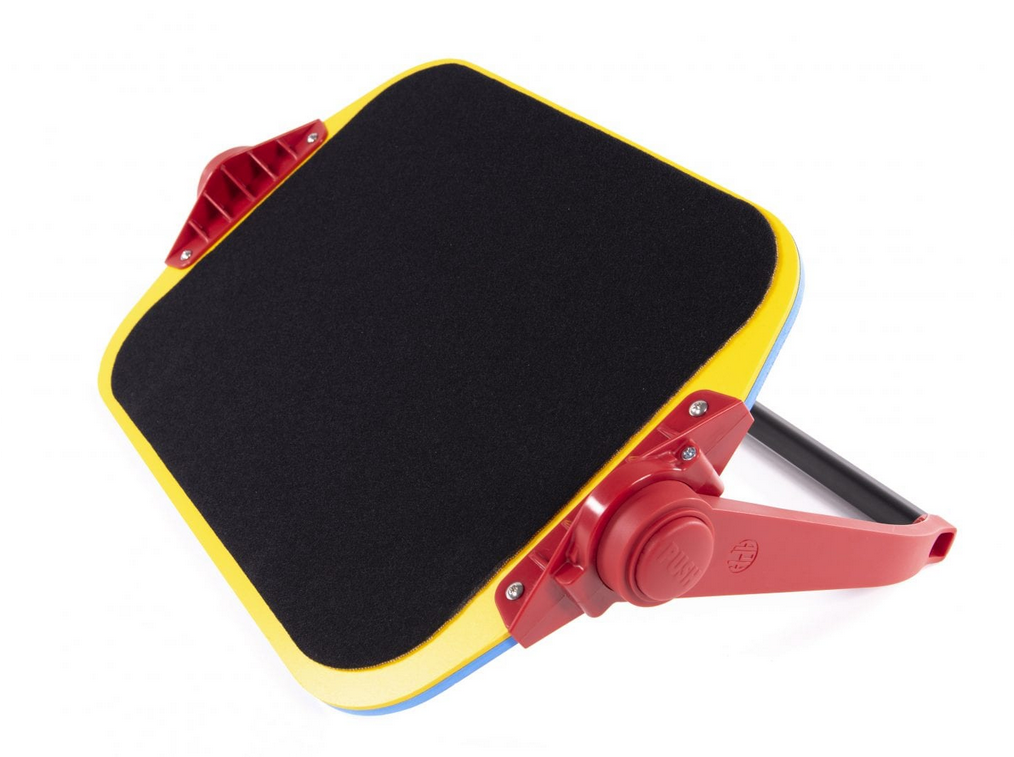
I have taught so many students using this clock! It is just what every student needs to practice time tells.
Classroom and Individual Calendars
The simplicity and ease of these calendars make the whole class love using them.
Hundreds Chart and Manipulatives
Same as the calendars – easy to use and well designed to teach so many skills. Individual hundreds charts are great too.
More suggestions from a few TVIs:
TVI Cynthia Dils told us that Word Playhouse is a must when she pulls students into small group for ELA.
TVI Sumer Lyn told us that Building on Patterns is what she uses for braille literacy time.
The Joy Player and Talking Dice
TVI Linda Jordan told us that the Joy Player and Talking Dice are a favorite for her students.
The Family Infant Toddler Team in Kansas is publishing an AT newsletter to send out quarterly. This will be the featured item that they have selected for this newsletter and shared an article too.
Infants love to look at themselves
- Put it in a location that encourages the infant to move
- Build on vocabulary as you look in the mirror with the infant
- Make silly faces that the infant can imitate
Cheryl, a TVI from Overbrook School for the Blind told us that the STACS kit has been an integral part of teaching her preschoolers communication skills when transitioning from behaviors and actual objects to their first experience with associative symbols.
This kit available with Federal Quota allows the children to share their wants and needs with family by providing an exact set for their home.
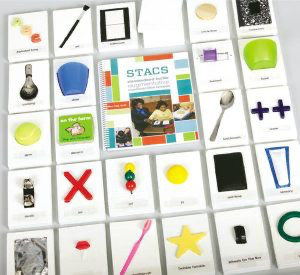
A TVI’s list for her Pre-K to 2nd grade students
TVI Laura Jones compiled a list of favorite APH materials for her students in Pre-K through 2nd grade who are learning braille and was kind enough to share with us.
Download the materials here. I like to download the catalog to make sure I don’t miss anything.
Federal Quota Funds
Federal Quota Funds Could Help Purchase APH Materials for Student
The guidelines have been updated in 2024 about who qualifies for federal quota funds. This better serves the needs of students. If you are a TVI and have a student on your caseload, register them for federal quota funds.
Don’t Just Order Products, Learn Best Practices
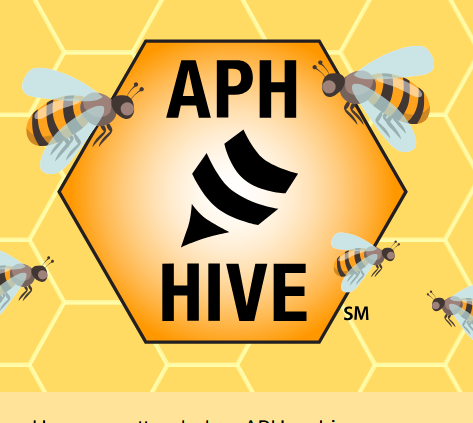
Professional Learning Courses APH Hive
The APH Hive is a virtual platform bringing free eLearning opportunities right into the comfort of your home or office, and is perfect for busy educators and families! Buzz over to aphhive.org and discover pathways leading to bite-size professional learning courses, and Professional Communities which houses curated resources, all related to vision loss and relevant to serving students from birth through graduation. This one-stop for professional development offers Academy for Certification of Vision Rehabilitation & Education Professionals (ACVREP®) continuing education units upon successful completion of a course.
APH Access Academy
Access Academy (formerly #AtHomeWithAPH) is your one-stop resource for the meaningful education and training webinars you need to get the most out of APH products and services. From tutorials on new products and hacks on how to get the most from your beloved tech, to information on resources, services, and programs: their goal is to give you the information you need for home, the classroom, and the workplace.
The majority of Access Academy webinars also provide Academy for Certification of Vision Rehabilitation & Education Professionals (ACVREP) credit. Credit is only available for the live presentation at this time. To collect ACRVEP credit, please listen for the opening and closing codes during the live session and submit these on the ACVREP Certificate Request form on the APH Hive. Following submission, a certificate will be immediately available on your APH Hive dashboard.
Sharing an Idea on Paths to Literacy
If you have a great lesson, idea, or resource of your own when teaching students with visual impairments, share it with us and others on Paths to Literacy.


